



Home > Blog > Physiotherapy & Hand Therapy > Conditions We Treat & Hand Conditions > Elbow Pain > Olecranon Posterior Impingement Elbow Physiotherapy
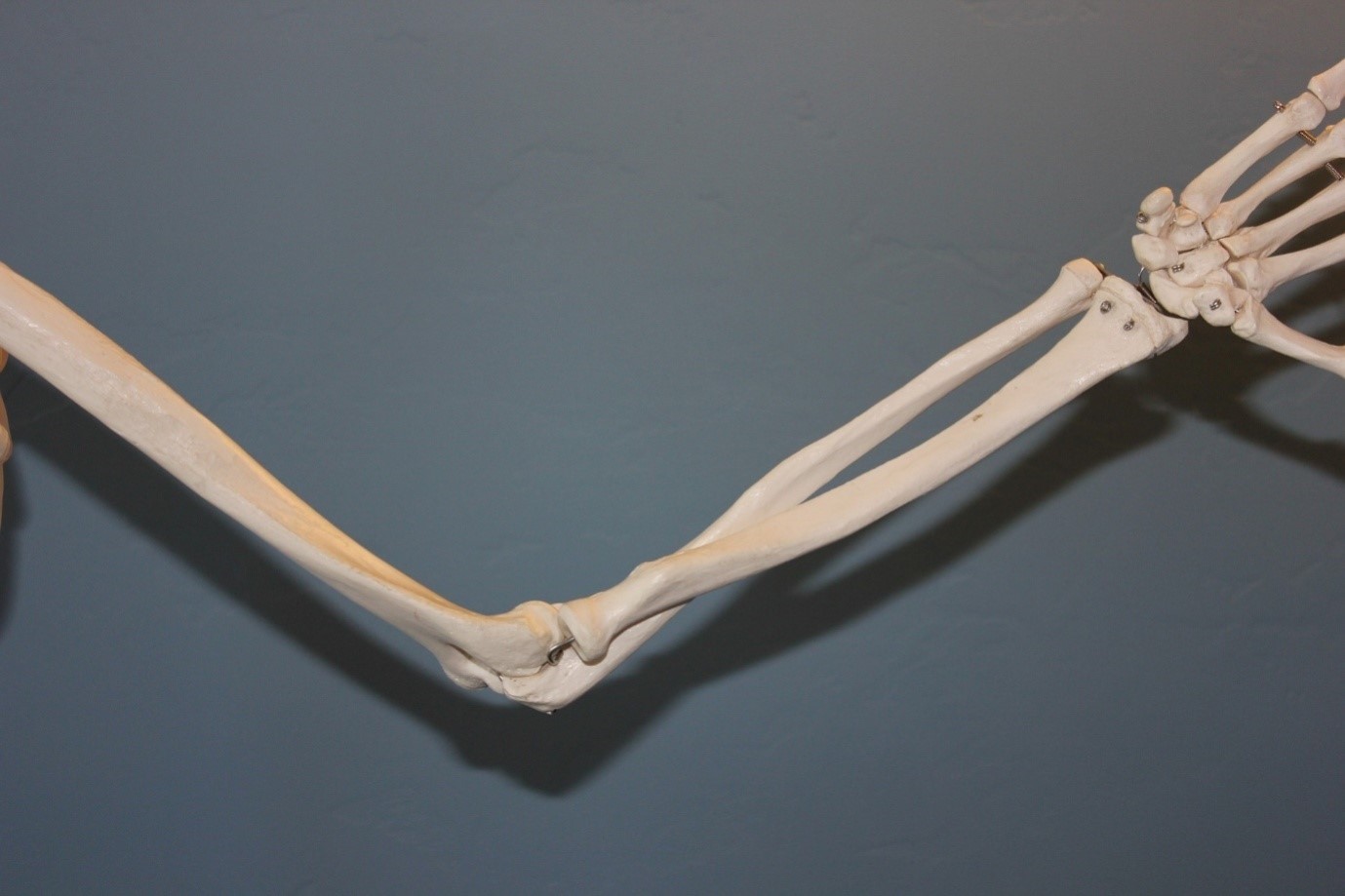
Elbow impingement is basically a condition that’s characterized by compression as well as soft tissue damage (such as cartilage) that’s located within or at the back of the elbow joint.
Posterior elbow impingement can occur as a result of repeated elbow extension. Furthermore, it can lead to the development of bone spurs and it mayeven limit your ability to fully extend your elbow.
In this post, we’ll discuss posterior impingement syndrome at length, its potential causes and symptoms, and go over a few treatment options that are known to be helpful.
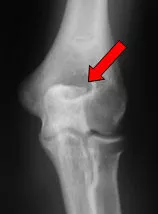
When you straighten your elbow fully, soft tissue that’s located at the back of your elbow joint gets compressed. When these compressive forces become too excessive and go beyond what your elbow joint can tolerate, soft tissue at the back of the elbow joint may get damaged or inflamed.
This condition is termed as posterior elbow impingement. Unfortunately sometimes bony spurs may also develop that can end up aggravating and worsening the symptoms.
The good news is that this elbow condition is easily treatable with conservative and non-surgical treatment.
Patients may also consider opting for elbow physiotherapy / hand therapy program to restore elbow flexibility, strength, and range of movement into their elbow joint and recover faster, so they can resume their day-to-day activities.
Moreover, steroid injections are also found to be helpful as they can reduce swelling and inflammation around the region.
In cases where non-operative treatment doesn’t provide pain relief or the patient is experiencing mechanical symptoms, surgical intervention may become necessary
The bony tip of your elbow is known as the olecranon.
When you engage in repetitive throwing movements, the olecranon gets jammed repeatedly into the pit located at the back of your elbow (called the fossa). This can result in damage and inflammation of the soft tissues at the back of the elbow joint.
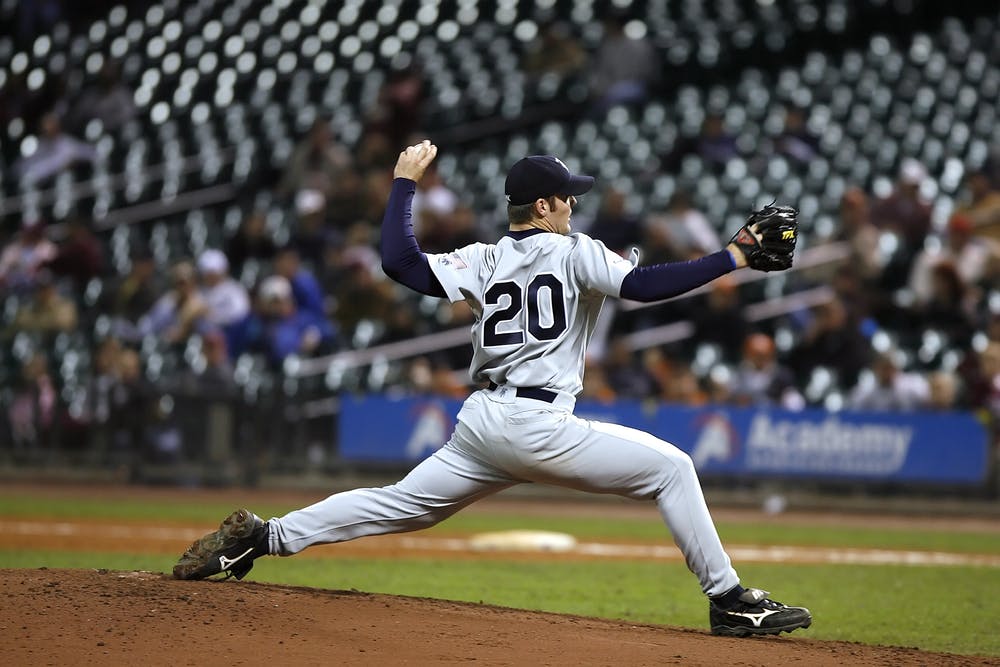
The development of intra-articular loose bodies can end up contributing to the impingement and making the condition a lot more severe. Some other contributing factors include congenital laxity and ulna collateral ligament insufficiency.
Activities that require you to repeatedly straighten your elbow as well as exert a sideways force can put you at a higher risk of posterior elbow impingement syndrome. It can occur due to overuse or as a result of a specific incident that involves a hyperextension force.
Additionally, posterior elbow impingement may also occur among athletes in contact sports, especially after a collision that happens across the back of the elbow joint which may cause it to bend in the wrong direction.
Some common signs and symptoms of posterior elbow impingement include:
Some other symptoms that are often associated with posterior impingement of the elbow may include
The pain may worsen with forced hypertension and it may also increase while holding the affected region firmly.
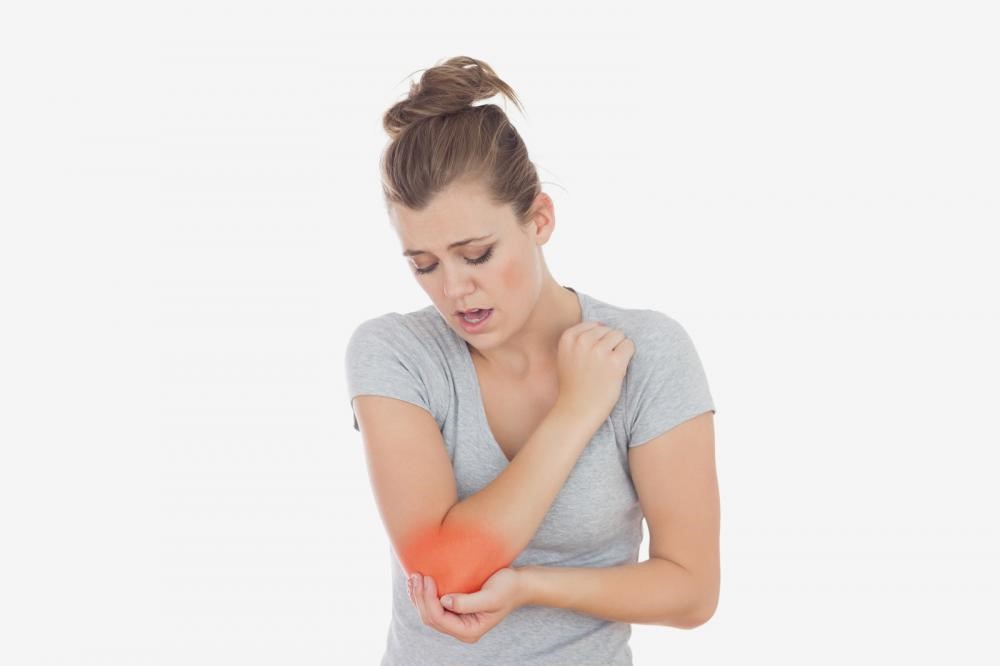
Among patients who develop this condition due to overuse, symptoms tend to become noticeable over a period of time.
It’s also worth mentioning that in minor cases (due to overuse or trauma), it’s possible for patients to resume activity before they experience an increase in stiffness, swelling or pain in the elbow. The elbow pain and stiffness usually becomes more pronounced after / with resting.
If the condition progresses and it’s not treated appropriately, continued activity can eventually interfere with performance. Some patients also report experiencing a loss of elbow movement due to increased stiffness and pain.
This condition may become chronic if you ignore the symptoms and don’t seek treatment as soon as possible.
Treatment can help ensure a speedy and safe recovery and prevent further complications from happening - unfortunately, once posterior impingement becomes chronic, healing may slow down significantly, and chances of a poor outcome may also increase drastically.
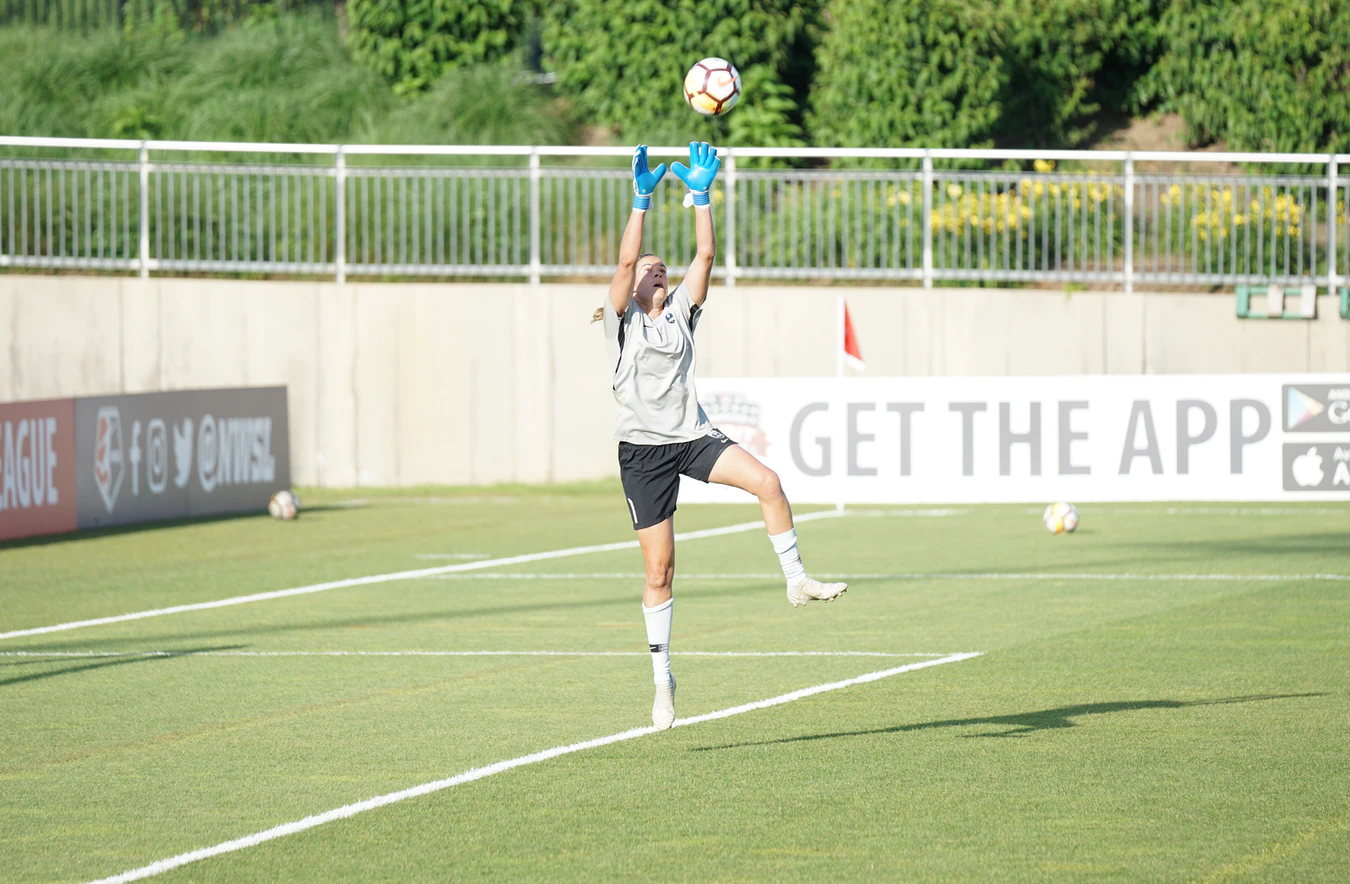
It’s observed that athletes who indulge in excessive or repetitive overhead throwing movements are more at risk of developing posterior elbow impingement.This is because the ‘winding up’ phase of the throwing movement is known to hyperextend the elbow and exert pressure on the elbow joint which may lead to elbow impingement as a result of overuse.
Moreover, tennis players as well as baseball pitchers are also more at risk for the elbow impingement syndrome because their sports require the repeated extension of the elbow joint. It’s also seen among gymnasts, weightlifters, and football linemen and it’s surprisingly rare among the general population.
In addition, it’s common among athletes who throw using a low arm as well as javelin throwers and cricketers. It may occur in martial arts as they involve repetitive punching movements which can force the elbow joint into hyperextension.
Posterior elbow impingement, also referred to as ‘pitcher’s elbow’ and ‘valgus extension overload’ is associated with cubital tunnel syndrome in around 25% of the reported cases.
Differential diagnosis may include:
It’s important for you to consult with your doctor if you are experience pain or stiffness in the back of your elbow joint and feel discomfort when you try to straighten your elbow.
A physical exam is typically used to diagnose posterior elbow impingement syndrome. X-rays can also help detect the presence of bone spurs and an MRI scan can help your doctor ruleout other potential causes of your symptoms.
Moreover, our principal physiotherapists and principal hand therapists can also conduct a thorough assessment of your symptoms and condition to diagnose this condition. The initial stages of treatment are usually conservative and involve compression, icing, NSAIDs, joint elevation, steroid injections, as well as posterior elbow impingement exercises to provide the patient some analgesic relief.
In cases where conservative procedures fail to provide desired results, ulnar collateral ligament, open or arthroscopic debridement, and other surgical procedures may be considered. Patients also instructed to avoid engaging in activities that place large amounts of pressure on the elbow, specifically those that involve throwing movements.
Nonoperative treatment
Nonoperative treatment for posterior elbow impingement typically includes:
Rest
Taking a break from activities that put stress on the elbow joint can allow times for the inflamed tissues to begin healing and prevent further tissue damage.Once there’s a noticeable improvement in the symptoms, the patient may be allowed to resume these activities.
Applying a cold compress or ice to the elbow joint around 3 to 4 times every day for about 20 minutes is also found to help ease symptoms and reduce swelling.
Medications
NSAIDs such as naproxen or ibuprofen as well as over-the-counter medications like aspirin can also help ease the symptoms of posterior impingement syndrome.
For optimal recovery, stretching and strengthening exercises are also helpful as they help provide strength and stability to the surrounding muscles. Your physiotherapist may recommend specific exercises, depending on the severity of your symptoms and condition.
Posterior Elbow Impingement Surgery
Surgical intervention may become necessary, especially in throwing athletes with this condition. If the patient has developed bone spurs, the doctor may perform arthroscopic surgery to remove them. It’s a minimally invasive surgery that involves the removal of tiny bone fragments that cause damage to your elbow joint.
In most mild elbow posterior impingement cases, patients can usually return to their normal activities within 6 weeks following conservative management (which includes elbow physiotherapy).
After surgery, however, it generally takes around
Quick and appropriate hand therapy and elbow physiotherapy treatment will help patients heal better and make a swift recovery.
Along with taking a sufficient amount of rest from activities that might worsen the symptoms of posterior impingement syndrome, patients should perform strengthening and pain-free stretching exercises as part of their rehabilitation.
Depending on the severity of the condition, the treating physiotherapist will recommend appropriate exercises for the patient and when they should be started. The final stages of treatment are also supposed to include a graduated return to activity program. This is where emphasis is placed on the correction of throwing techniques, especially in cases where faulty throwing biomechanics have contributed to the condition.
Once the patient returns to sports, protective brace or taping may be used to reduce their chances of recurrence. Physiotherapy will not only promote natural healing but also allow for an optimal outcome.
It may include: